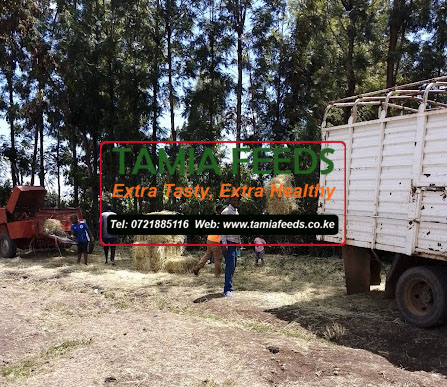- Shattering of leaves: Common in legumes. Leaves are richer in protein, minerals, vitamins etc, if over dried loss will be more
- Fermentation: Occurs in the soluble carbohydrates as a result of respiration. Sugars are oxidized to CO2 and H2O. This loss results in the concentration of cell wall constituents especially cellulose and lignin. This is the reason why hay has more crude fiber than that of original herbage. Proteins are also likely to be altered by the action of plant enzymes.
- Oxidation: Loss of carotene occurs due to oxidation from 150-200 mg to as little as 2-20 mg/kg of hay.
- Leaching: In prolonged heavy rain there will be loss of soluble minerals, sugars and nitrogen constituents resulting in high concentration of cell all constituents which is reflected in high fiber content. Rain also prolongs the enzyme action causing greater loss of soluble carbohydrates.
- Action of micro organisms: if drying is prolonged because of bad whether, changes will be brought about by bacteria and fungi results in moldy hay. These fungi (actinomyces) infected hay is responsible for allergic disease condition “Farmer’s lung” in farmers who handle such damaged hay.
- Storage of growth: If grass is cut at a latter stage, it will result in poor nutritive value.


Add Comment